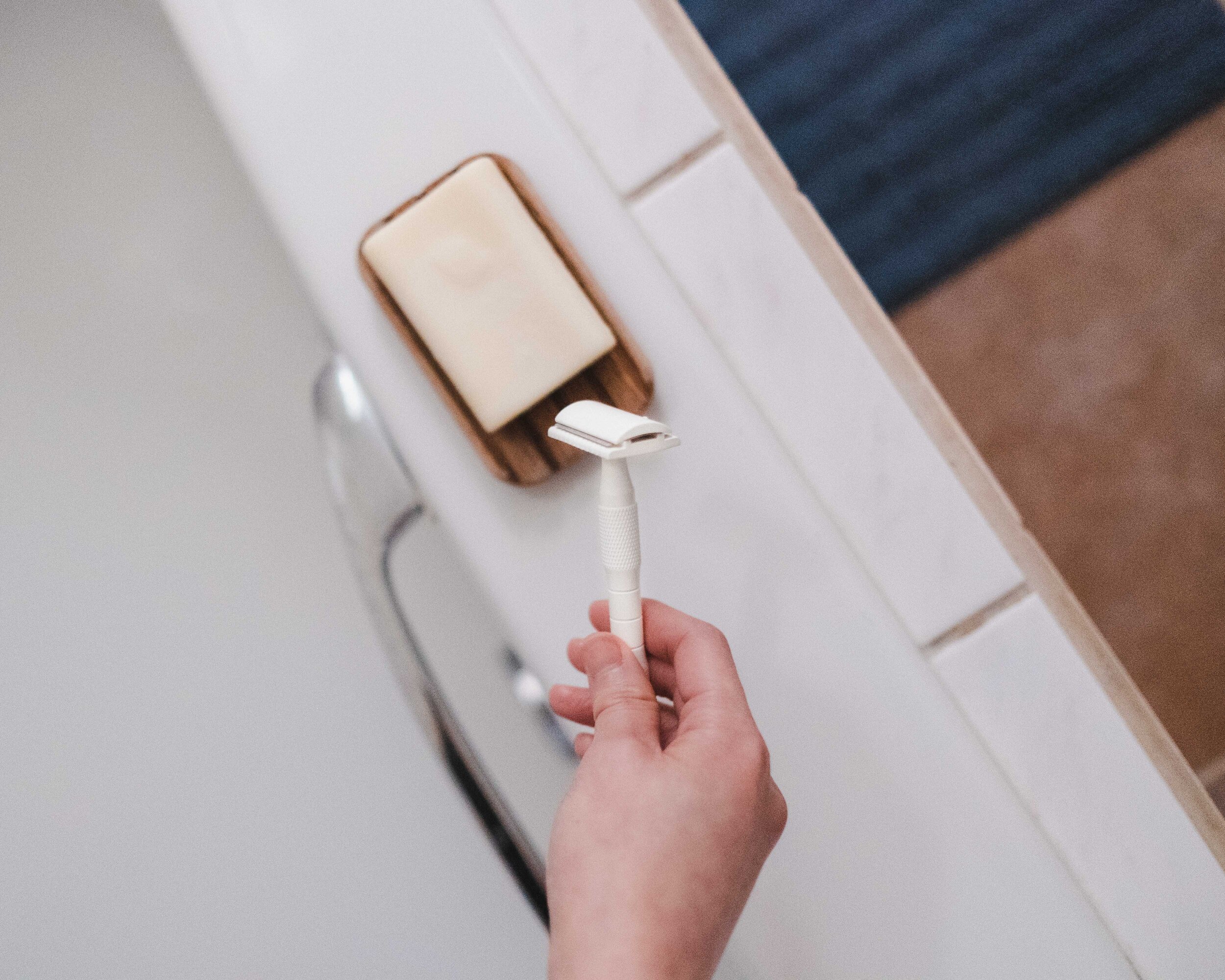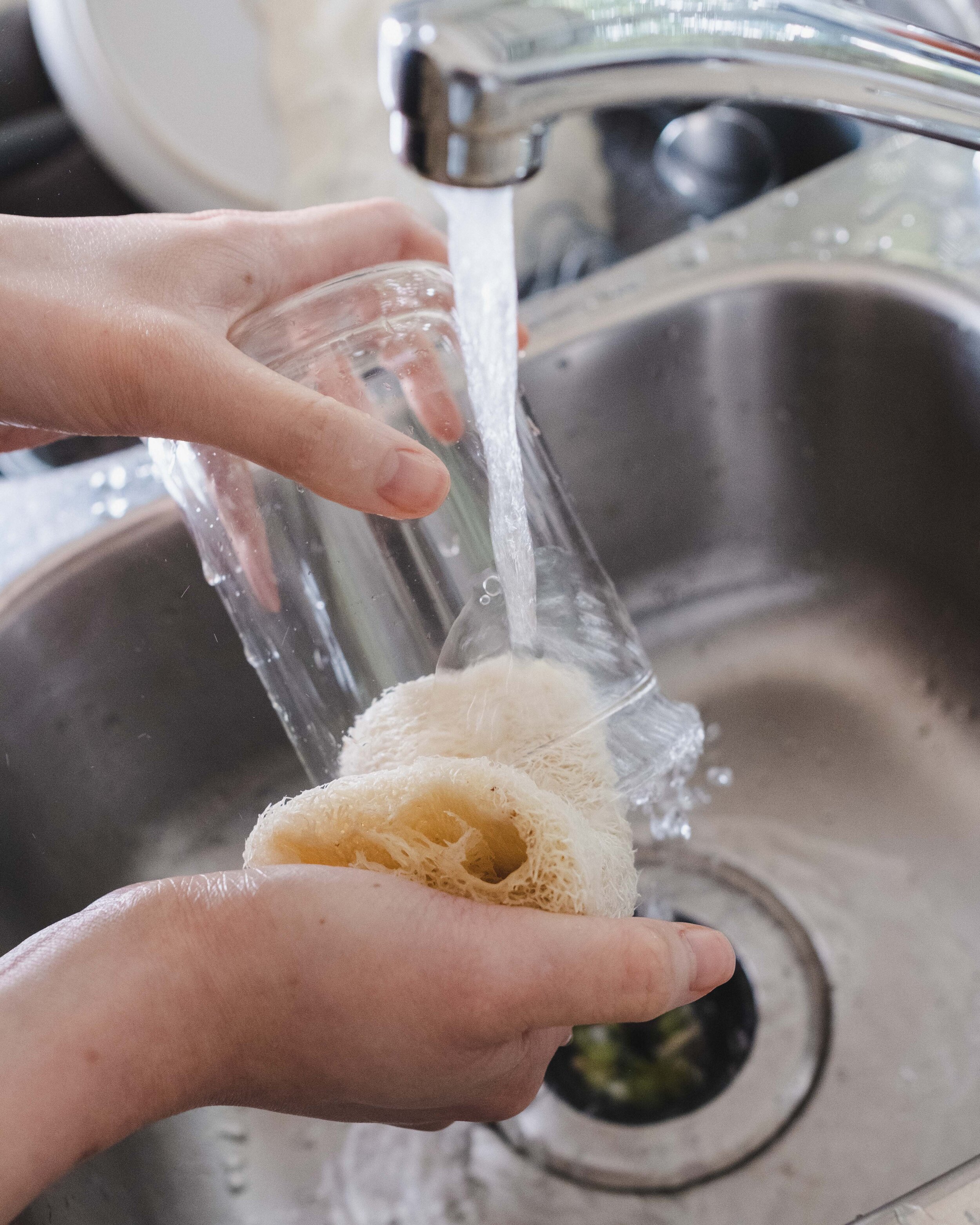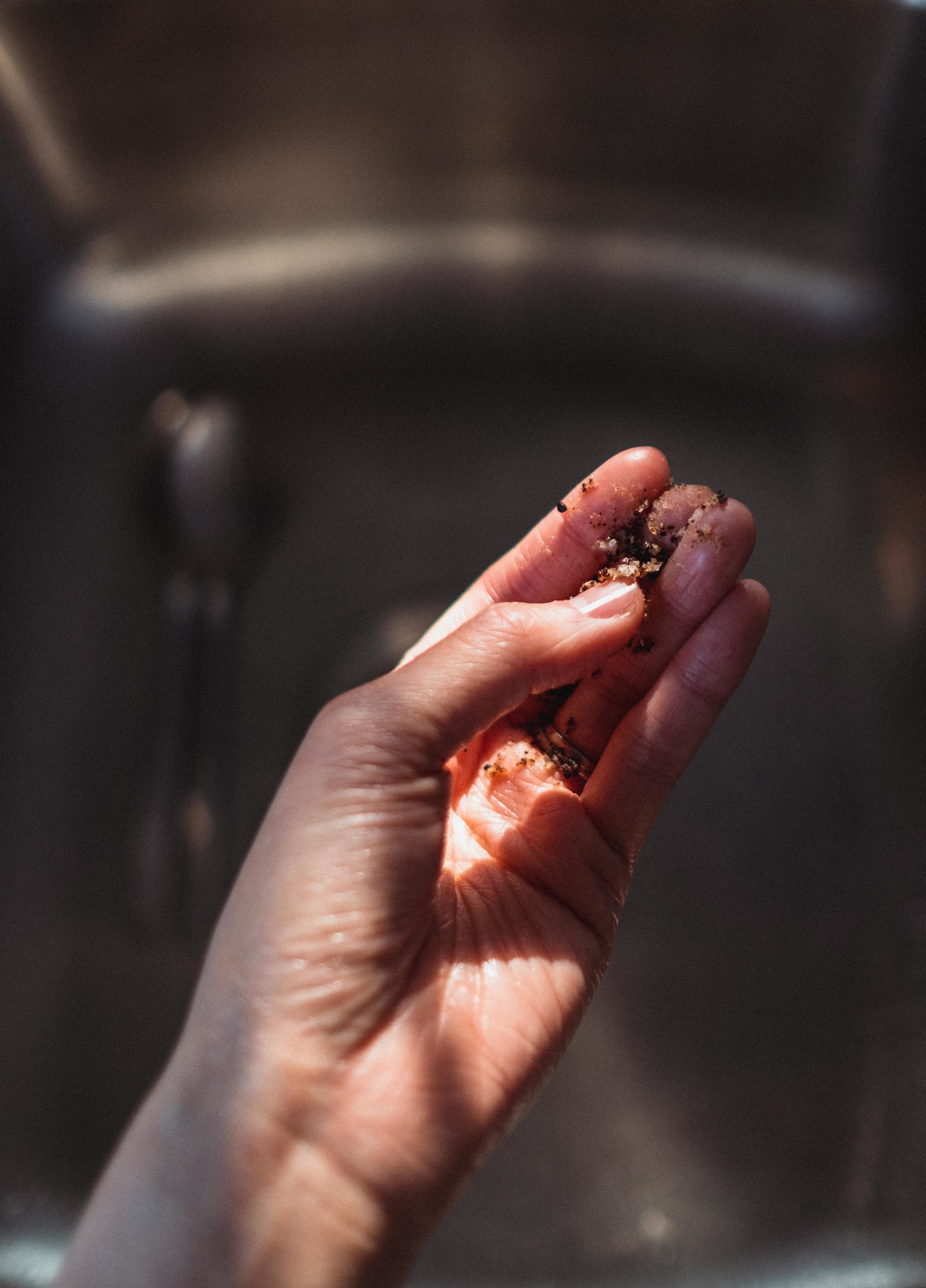Earth Week Tips: Low-waste Bathroom
Part II: Sustainable Bathroom
Now that we’ve covered the kitchen, let’s move onto health and beauty. What do you think of when you consider sustainability in the bathroom? Where do you create the most waste and how can we tackle those issues? I get that in the bathroom in particular, we have to consider hygiene and cleanliness, but let me reassure you that these swaps are hygienic, practical, and sustainable!
Zero Waste Swaps: Bathroom
Bar Soap
The first and easiest swap in the bathroom is to swap to bar soap. It’s a cheap, plastic free option that is also easily accessible. You can find great natural bar soaps that are not only good for your skin and healthy for your body, but are actually better for the environment. Bar soap can often be found packaged in cardboard boxes which can be recycled or even package free, which is awesome!
Things I recommend:
Bar Soap: Public Goods (get 15% off your Public Goods order with the code CANDICEPGA), Unscented Co.
Shampoo & Conditioner Bars/Refillable Shampoo & Conditioner
Shampoo and conditioner bars might take longer to adjust to and find the right bars for your hair type and to find one to your liking. These are used essentially the same way as traditional bar soap. You lather up the soap in your hands with some water and then you apply it to your hair normally and rinse it out.
If shampoo and conditioner bars aren’t for you, you can opt for bulk refillable shampoo and conditioner.
Things I recommend:
Shampoo/Conditioner Bars: BKIND, Unscented Co., Public Goods
Refillable: Unscented Co., Bare Market, Public Goods
Menstrual Cup/Other Natural or Reusable Period Products
This was another challenging swap for me that took a little while for me to get used to. But honestly once you get the hang of it, it reduces SO MUCH WASTE. The cup is a swap for all disposable period products. If you want to learn more about my menstrual cup journey, you can see the two links below:
I also get that the cup is not for everyone and that’s okay! Maybe you could try period underwear, or organic/natural products, or reusable pads. There are other options out there for you!
Things I use:
Reusable Cotton Rounds
This is a relatively new swap for me because instead of continuing to use cotton rounds, I just cut them out completely. I just didn’t find that I needed to use them that often because I apply toner with my hands and I also usually use an oil makeup remover. However, I wanted to try out this DIY and also have a few on hand for when I did want to use cotton rounds.
There are reusable cotton rounds out there that you can purchase if you don’t want to make your own. But you can actually repurpose an old t-shirt and sew your own reusable cotton rounds! Reusable cotton rounds and used like normal cotton rounds and then I keep them in this small delicates bag and toss them in to the laundry when I have a load to do. So simple, and so effective!
Safety Razor
I only recently switched to a safety razor because to be honest, I was scared of the blades. However after switching, I realized it’s actually quite simple to use and it is a lot more space and cost efficient. There is a tiny bit of a learning curve to get used to the process and feel of handling a safety razor, but once that’s covered, you’re good to go! A sustainable swap to disposable razors!
Things I recommend:
My razor - Well Kept
Sustainable habits in the bathroom
And now for some general tips! Here are just a few ideas to keep in mind to be more intentionally sustainable in the area of the bathroom and health and beauty.
Take shorter showers!
This one is so easy and everyone can take part in this. Simply shorten your showers to save water and energy.
Don’t wash your hair as often
Related to my first point, try not washing your hair everyday. Not only is it better for your hair, it’s also better for the environment. This will help you out with point number one!
one in, one out
With beauty and self-care products, it can be tempting to hoard products to try. I’m definitely guilty of this and am working on sticking to this “one in, one out” rule. Finish your products before you swap them. If a product really sucks, try to find a different use for it to use it up or maybe you have a friend or family member that likes that product. For example, I’m sure I’m not the only one who has tried a shampoo or conditioner that just does not work. Instead of tossing it out, use it as a shave cream. Try to think creatively to make the most of products you do have.
I hope that these simple tips have encouraged you to make some changes in your bathroom and hair and beauty routines. This is definitely not an exhaustive list of sustainable tips, if you have more, I’d love to keep learning and know what you do to live a more sustainable lifestyle!
This post is not sponsored but may contain some gifted items and affiliate links. If you decide to shop through the links above, I may make a small commission that helps support this blog and my Instagram. I only share products and brands I love and support. All opinions are my own. Thank you for supporting Candice Tay!

















